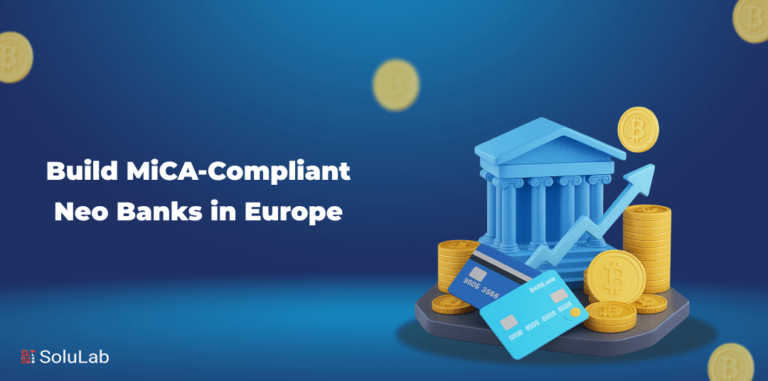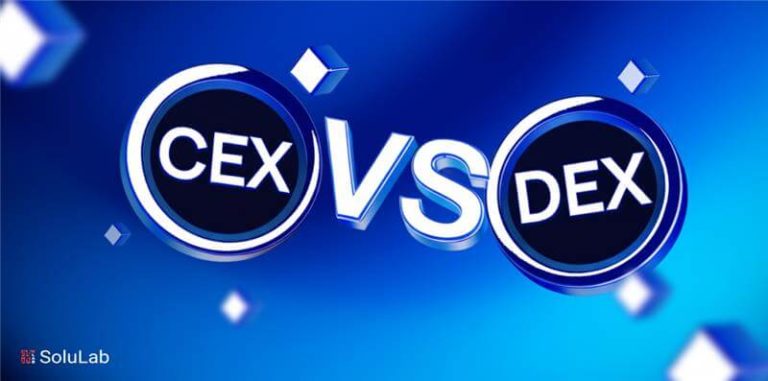
A cryptocurrency wallet
That small leather object sitting inside your purse or in the back pocket of your pants- your wallet- is indispensable in your life, isn’t it? It is the thing that enables your every indulgence, the fulfilment of most of your needs. From the satiation of a donut craving to the materialisation of a dream home, everything happens through what you carry in that small square. What if this enablement came not from that physical accessory but from a wallet that existed invisibly on your device of preference and worked by clicks instead of counting currency? That, readers, is what a virtual wallet- a blockchain cryptocurrency wallet- is and does for you.
Since cryptocurrency in and of itself is not a physical entity but a virtual contract, cryptocurrency wallets do not actually hold currency to be exchanged. They mainly consist of encryptions that give users access to the virtual currency they own or intend to exchange. It also maintains an immutable record of each and every interaction. In this blog, I’ll discuss the working of a cryptocurrency wallet and the kinds of cryptocurrency wallets that exist. But before that, one basic question- why do we need a cryptocurrency wallet?
The need for a cryptocurrency wallet
Considering for centuries, we have been using classic transaction methods and carrying around our wallets, why some people suddenly want to do this digitally might come across as bizarre. The reason is that those people have been exposed to the massive difference blockchain transactions make to life.
We do not realise it often, but every time we make a transaction, it is going through a third party. It is centralised. The reigns are in the hands of somebody else. Checks get bounced, banks get bankrupt. There are days, sometimes months of delay, and we are never in control. This new system eliminates so many of these problems, ever so simply. Transactions from one cryptocurrency wallet to another do not happen through a third party like a bank. They happen from wallet to wallet. This changes a lot.
-Scope for the delay is minimised. There are no long queues, approval, authentication or stamping issues.
-Greater autonomy. Everything does not go through a third party, and you have more control over the transaction you want to make.
-Everything is recorded. This is not a physical accounting book that can be manipulated with a pen. Nor is this an excel sheet. Transaction records on a blockchain are immutable and universally accessible, which means transparency is manifold. They are immutable because 1. they are heavily secured with encryptions and 2. they are distributed and time-stamped. If a transaction is manipulated on one system, it will have to be manipulated on each of the millions of other systems. Since this is practically impossible, manipulations can be easily caught.
-Safety of wallet due to blockchain. Blockchain uses rigorous encryption, and hacking a cryptocurrency wallet secured by blockchain is next to impossible. The mathematical operations used to secure the private key (you can see it as a password, we’ll discuss this later) are actually irreversible, apart from probably through a quantum computer. But since we’re a far cry from the age of quantum computing, this is not an issue as of now. By the time quantum computers become commonplace, blockchain would’ve, in all probability, evolved to stay relevant.
-Cheaper. With the elimination of the traditional banking system, this method has very low transaction fees.
-Global. A bitcoin is a bitcoin. US Dollars to UK Pounds and Sterlings and their ever-fluctuating values do not need to concern us as cryptocurrency is universal, so once it has been bought, it acts as a bridging tool across geographies.
Now let’s talk about working.
Working
What is blockchain? Blockchain is currently the largest, most secure distributive ledger technology (DLT) available in the world of technology. A DLT can be looked at as a huge, computer-based record keeper/book, which has its entire data copied over every device in use. What this implies is that every bit of data stored on the blockchain is universally available to its users without discretion and is not centralised, a quality that increases transparency exponentially. A very welcome feature blockchain brings with itself to DLT technology is unprecedented security. There are multiple reasons behind it. Scams are difficult on blockchain because a hash (or the public key) is derived by performing labyrinthine and irreversible mathematical operations on the private key. These operations are nearly impossible to decode. In addition to this, every block on the chain is unanimously approved, and for further security, rigorously time stamped, the details of which cannot be manipulated. Even if they were, it would be herculean to make the same changes on each system with blockchain installed.
The public and private keys we talked about above become relevant in this context. Think of a public key as the email address and the private key as the password. To receive emails, we give out our email address to people. Similarly to process a transaction, one user will send the cryptocurrency using the public key of your wallet. The system will verify this transaction by checking if the public key matches your private key and you will receive the amount. You send out an amount similarly by using other users’ public key. Access to your own assets is given to you through the private key that you uniquely possess. Without this key, your bitcoins (one of the cryptocurrencies supported by blockchain) do not exist.
Types of cryptocurrency wallets
There are three broad categories of cryptocurrency wallets out there-
- Software wallets
- Hardware wallets
- Paper wallets
Software wallets: These happen through applications or on the internet. An application can be downloaded on your phone/laptop based on what your preference is, or you can go to a website and proceed.
- Mobile wallet. This is the most common rendition of cryptocurrency wallets. It works by installing a mobile app and creating your account on it. The benefit is that it is a light app, much lighter than other options, and since it is present on your smartphone, can be carried from place to place and used to perform daily transactions. But at the same time, it is prone to malware and mobile viruses, and if your phone were to be stolen, access would be lost. Jaxx is an example of such an app.
- Desktop wallet. These wallets are installed on your laptop, PC or workstation. They’re stored on the hard drive of the system, and the wallets are accessible only through that particular system, so it is important to ensure a backup of the drive is available. PCs (especially MacBooks) are less prone to virus attacks than smartphones, which is why this option can be seen as a little safer. Further, offline transactions can happen on these. Exodus would be an example of this.
- Online wallet. When you create and use your wallet on a website, you are using an online wallet. The benefit is that you can access your wallet across devices at any point in time. The risk, however, is that this happens through a third party, and the website has access to your private key and other private information. If it isn’t a trustworthy website, they can misuse your data. Otherwise, the website might itself get hacked, and your data can still be compromised even if the website was trustworthy. Guarda is an example of an online wallet website. GreenAddress, on the other hand has both a website and an application for iOS and Android.
Hardware wallets: This is perhaps the most secure kind of cryptocurrency wallet out there. No information is stored online or even on a single device. As the name suggests, the wallet is basically a hard drive that stores the private key, public key and transaction histories and records on itself and connects to devices through the USB. The only time it is connected to the internet is whilst making a transaction. The rest of the time, your information is only with you. Keeping your hard drive safe is not very difficult; you just have to ensure you’re the only one who has access to it and that you do not lose it. Further, hard disks are less prone to malicious cyber attacks and viruses. Some examples are Trezor, Ledger Nano S, KeepKey.
Paper wallets: This is a traditional method of storing assets. Cryptocurrency is accessed and stored offline in this process. A software generates your keys and prints them on a piece of paper in the form of a QR code (that can later be scanned and used to transfer funds). This is also a safe method as papers cannot get viruses. It is just important to keep these documents safe. Bitcoin paper wallet, Verge, MyEther wallet are examples of this.
All in all, once you get the hang of this system, it would be very difficult to imagine going back to the paraphernalia of coin pockets and currency arrangements, credit and debit cards. Blockchain cryptocurrency wallets enable transactions that happen through clicks, and immutable records are created without moving a finger. Constant worry about security is eliminated, and life is made simpler.




